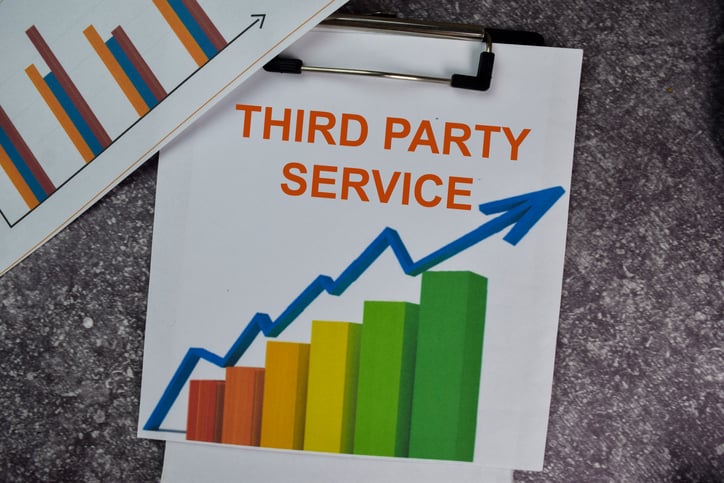Business, operational and ethical concerns
Large Language Models for Business

Iason Prassides
Content Developer, DataCamp
Transparency
- Transparency around LLMs
- Businesses must know how an LLM gets to a response
- Essential to create trust

Accountability

- If LLM's recommendations don't work
- Who is responsible?
- Software developers that designed the model?
- The company that deployed it?
The risks with LLMs
- Inherent risk of propagating misinformation
- Repercussions for businesses including:
- Basing decisions on incorrect data
- Impact bottom line
- Damage reputation
- Danger of LLMs being weaponized:
- Deceive, manipulate, mislead stakeholders
- Cause reputational and operational risks

LLMs and the environment
- Computational power used to train LLMs requires significant energy
- Creates large carbon footprint
- Businesses must understand and mitigate environmental impacts

How to build LLMs?
- Businesses have pragmatic considerations to weigh
- Build in-house LLMs or use third-party providers?
Technological resources
In-house
- Significant resources required - computational infrastructure and data
- Can investment be made? Money and time?
Third-party
- Provide immediate access and scalability
- No development overheads


Personalized LLMs
In-house
- Tailor LLMs to specific needs
- Fine-tuned models based on company data
Third-party
- Sophisticated performance
- More generic models, unless customized


Updates and maintenance
In-house
- Maintenance ensures LLMs remain effective and secure
- Ongoing cost for business
Third-party
- Companies not responsible
- Provider handles updates and maintenance


Handling data
In-house
- Maintain control over data
- Important when using sensitive data
Third-party
- Could require sharing data
- Possible security and privacy risks


Cost efficiency
In-house
- Balance recurring costs to ensure cost effectiveness
- Start up costs are high
Third-party
- Recurring costs
- Startup costs are low


The choice is yours!

Let's practice!
Large Language Models for Business

